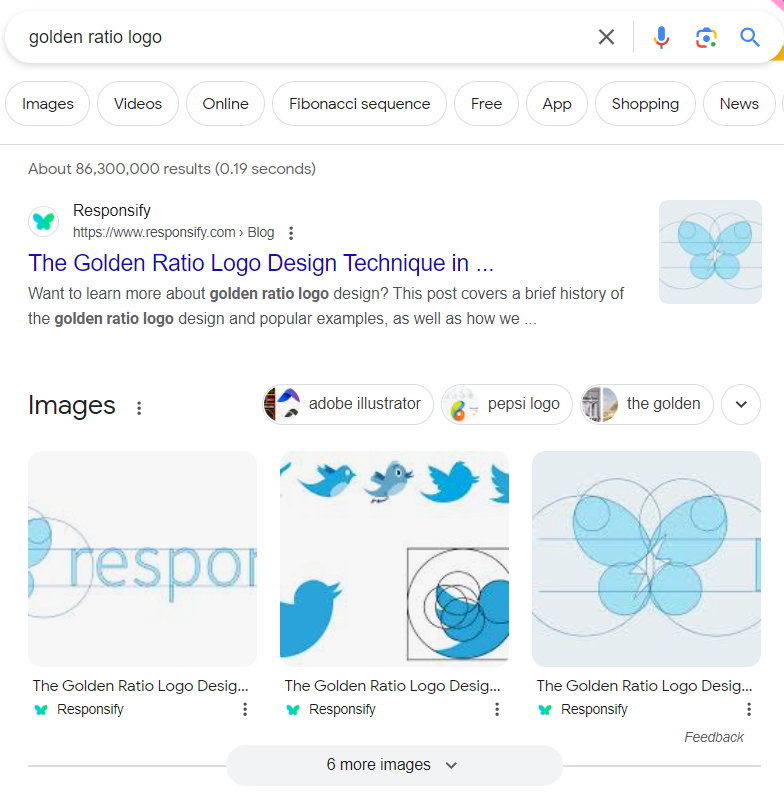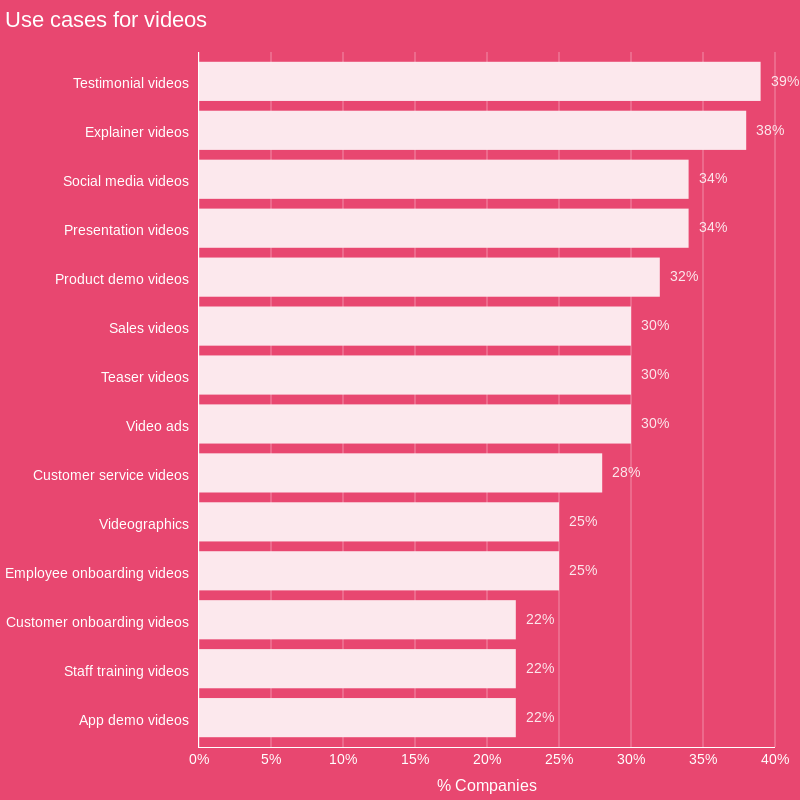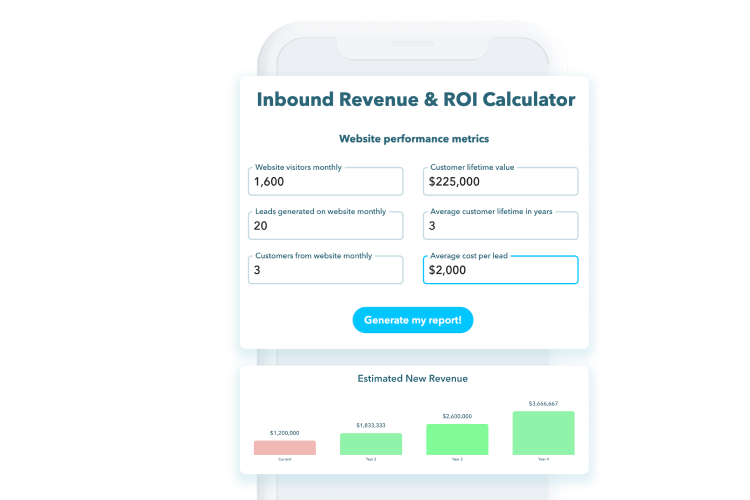 1,689 views
1,689 views April 1, 2024
April 1, 2024 10239 Views
10239 Views  5 min read
5 min readVisual marketing is a powerful strategy that leverages visual elements to communicate messages, tell stories, and engage with your audience. In a world where attention spans are shrinking, the human attention span has digressed to 8.25 seconds; visuals can quickly capture attention and convey information more effectively than text alone. Humans are visual creatures, so creating visuals is a strategic approach to grabbing your audience’s attention and achieving better results.
Consider this: 71% of B2B marketers say content marketing has become more important to their organization in the last year, which includes visual marketing strategies. Visual marketing can impact your bottom line and contribute to increased sales and customer engagement. It can be used in marketing, sales, and customer service. Different departments use visual strategies to increase brand recognition and set themselves apart from their competitors. To see the benefits, we indulge in visual marketing facts and best practices to understand how the strategy can work for your company.
Visual marketers, from brand and content strategists to graphic designers, internal communication teams, and sales, use some form of visual marketing in their roles. Visual content continues to play an essential part in content marketing strategies. The results from Venngage’s annual survey show that visual content is a powerhouse in content marketing strategies. 
Visual marketing can include anything from videos and images to presentations, PDFs, charts/data visualizations, and infographics. Visual content marketing includes using these elements on your blog or articles, sharing on social media channels, and more. Studies have found that images can evoke feelings far more effectively than words, summarized in the famous phrase: “A picture tells a thousand words.”
Let’s review the most common B2B visual marketing content types to strengthen your brand and communicate better with your audience.
Images speak louder than words. Consider . . .
 Related blog post: The Golden Ratio Logo Design Technique A great image will increase your exposure enormously.
Related blog post: The Golden Ratio Logo Design Technique A great image will increase your exposure enormously.
Videos are highly versatile and can be repurposed for different forms of content. We see video being used everywhere, and it’s easy for brands to use it as long as it’s used where their audience is. There’s no denying video’s value.
 39% of video marketers have created video testimonials, making this the most popular use case for video marketing in 2024, followed by explainer videos.
39% of video marketers have created video testimonials, making this the most popular use case for video marketing in 2024, followed by explainer videos.
Bottomline. Your business can benefit by educating your target audience about your products or services through video. Use a balance of short and long-from videos. You can tailor your approach depending on the platform and audience.
Infographics combine text and visual elements to deliver information.
Presentations have come a long way. Gone are the days of boring (yawn) plain-text slide decks. They have become beautiful, immersive representations of your product or services, packed with information a prospect can use to decide whether to work with you. They combine text, visuals, data, inspiration, and branding. Sales can use enhanced presentations to help close more deals. ‘An effective sales presentation tells a compelling story, highlights your value proposition, and aligns with your audience’s needs and desires.’
Visuals are essential in content to help your business stand out and draw in your ideal audience. This collection of best practice tips will help display your brand’s vision.
This will create a more practical piece of content. However, any content marketing format needs a strategy to enhance the visual storytelling. Ask yourself . . .
When creating branded assets, stick to your color palette. Your viewers will recognize the asset no matter where they find the content. (social media channels, guest posts on another website, YouTube videos, etc.) Always add your logo to the original images. Part of your planning is considering your brand’s language, colors, and designs.
Much effort goes into creating visual content. Share your assets on different platforms. Think of turning a video or presentation into an infographic or vice versa. You can repurpose information or insights as visuals. Have specific strategies for every channel or platform you use.
Stock images are great to use if they are different from the ones we see day in and day out. Get creative with a stock image (if the terms say you can.) Use an animated video to capture your readers’ attention versus a plain image.
Use a CTA that fits the visual marketing piece and your brand’s identity. Visual marketing can get your leads to the next stage in the buyers’ journey. Coming up with a strategic CTA usually involves two significant steps: #1. Defining where you want your audience to go after consuming content. #2. The right message to convince them to take that leap.
Visual marketing helps you illustrate topics and concepts that would otherwise be harder to approach using text only. Creating campaigns that speak to your target audience is an art and science. You need to incorporate insights from your analytics, craft your content to get the right message across, and a team with design savvy and content chops to help do it all.
Responsify helps tell your brand’s story and connect with your audience by creating strategic content. Get a fresh perspective on your marketing with a free assessment. Let’s get creating, book your content strategy session today.
